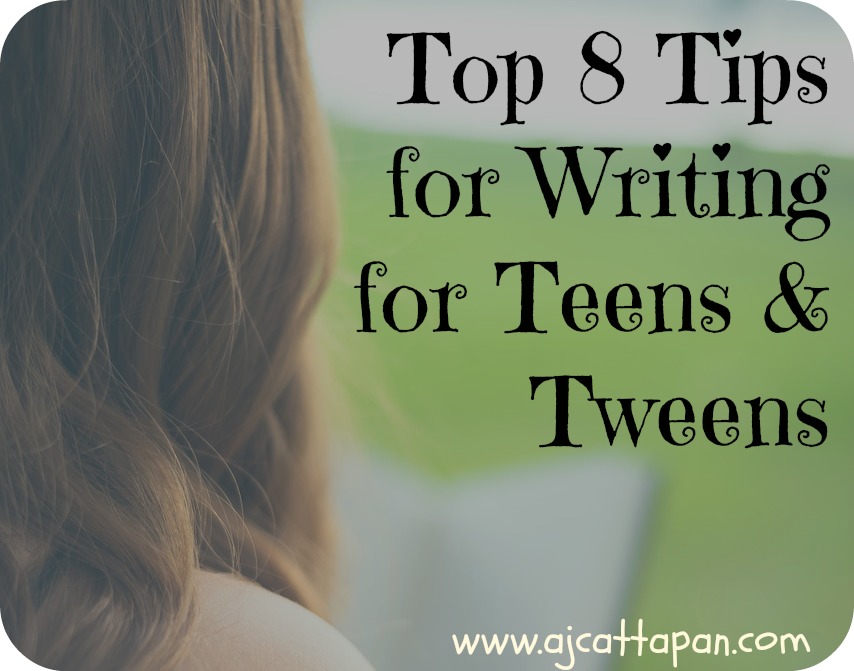Monday Book Review: Ghost Boys by Jewell Parker Rhodes
After finishing my dissertation and turning in the manuscript for my next book, I’ve finally had time to do a little reading of middle grade and YA books again. Thus, I’m excited to share with you a book I discovered during quarantine. I first heard of Ghost Boys by Jewell Parker Rhodes on Instagram from the account Black Coffee with White Friends. I knew right away that this was a book I wanted to get to know, given the increased racial tensions in our country.

Title: Ghost Boys
Author: Jewell Parker Rhodes
Genre: contemporary fiction
Age group: middle grade
Twelve-year-old Jerome is a good kid. He does his best to stay out of trouble–and there’s plenty of it out there in his Chicago neighborhood. Unfortunately, school is not a refuge when there are bullies like Eddie, Snap, and Mike ready to pounce on Jerome any chance they get. This leads Jerome to spend his lunch breaks hiding in places like the locker room, the supply closet, and even the bathroom.
One day Jerome meets a new boy, Carlos, who has recently moved to Chicago. When bullies come after both Carlos and Jerome in the bathroom, Carlos pulls out a gun. It’s only a toy, but it’s realistic enough to scare off the bullies. Wanting to thank Jerome for helping him stand up to the bullies, Carlos lets Jerome borrow his toy gun after school.
On the way home, Jerome decides to take out the toy gun to play with it. However, a cop sees him, mistakes the toy for a real gun, and shoots. Jerome becomes a “ghost boy,” who begins to see the ghosts of other black boys who have been wrongfully killed, including Emmett Till. The only living person who can see and talk to Jerome is the daughter of the white police officer who shot him.
I loved many things about this book. First of all, it approaches a very challenging yet timely topic in a way that is age appropriate for middle school students. There are many excellent books about racism and police shootings out there for the teenage crowd. Ghost Boys addresses these same topics, but in a way that works for a middle school audience. The focus here is on friendships. There is the brief but meaningful friendship between Carlos and Jerome. After his death, we see Jerome develop a strange but powerful relationship with the one living person who can see him, the daughter of the police officer who shot him. I really appreciated that the reader has the chance to see the devastating effects this shooting has on both Jerome’s family and the police officer’s family. Finally, there is the mysterious friendship Jerome develops with fellow ghost boy Emmett Till as Emmett slowly leads Jerome to see how his death is one in a long line of tragic killings of black boys.
Without giving the ending away, I will only add that the story looks toward healing and hope for a better future. My hope would be that this book is read by many families and in many classrooms so that we can begin to unpack the tragic losses of so many young lives and look for ways that we can make changes in our society so that our news feeds no longer need to report the shootings of innocent lives.


 Title: Return to Sender
Title: Return to Sender Title: Amina’s Voice
Title: Amina’s Voice Title: The Other Side of Freedom
Title: The Other Side of Freedom Title: Rosa, Sola
Title: Rosa, Sola

 TIP #1: Read many books for the age group you want to write for.
TIP #1: Read many books for the age group you want to write for.






